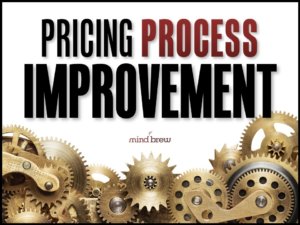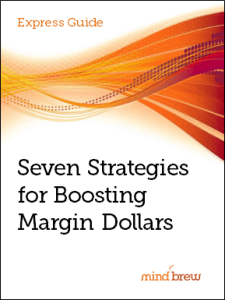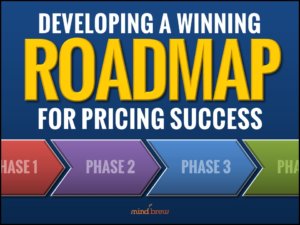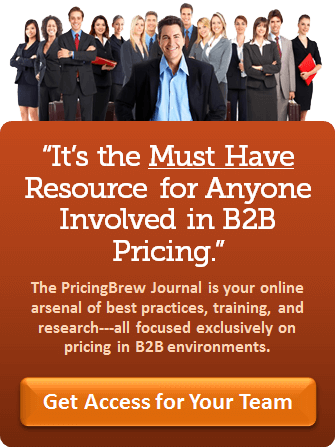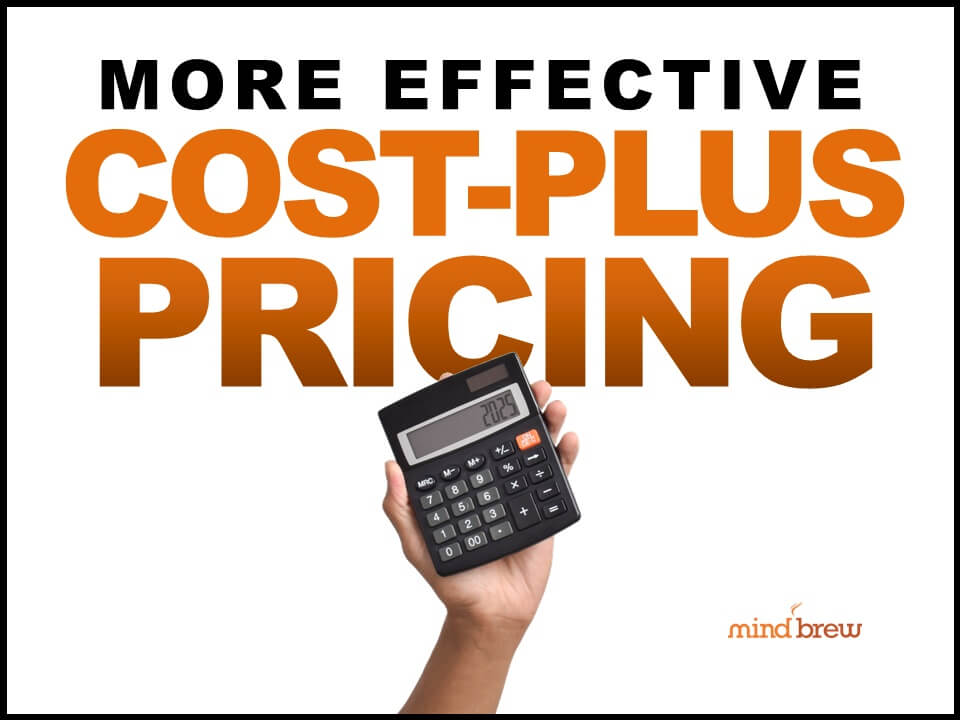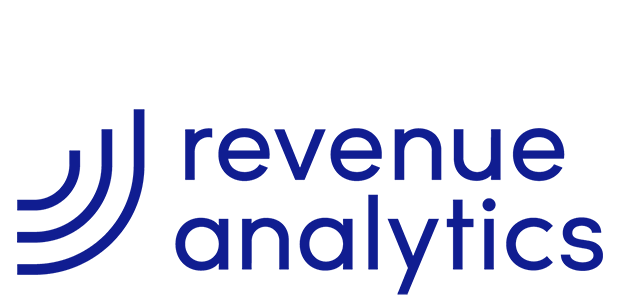It’s not often that a common pricing question has a one-word answer, but this one does.
How do you know if a discount will work?
Blog post over. You can all go back to checking your social media feeds.
Of course, we’re not really going to end the blog post there because a lot of pricing practitioners, even a lot of experienced pricing practitioners, don’t really understand elasticity.
Very simply, in a B2B context, elasticity is the number that shows the relationship between pricing changes and sales volumes for a given segment. We all intuitively know that if you increase prices, your sales volume will probably go down, and if you decrease prices, your sales will go up. Elasticity is the number that tells you how much volume will go up or down for a given pricing change.
How do you figure out that elasticity number?
Our answer would be a little different if you were in a B2C market, but for B2B firms, you look at your historical data. You’ve undoubtedly done pricing changes in the past. You simply need to look back at those past pricing changes and calculate the impact that they had on sales volumes for each of your products and price segments. Then you divide the percent quantity change by the percent price change. The answer is your elasticity.
Why do you care what your elasticity number is?
Elasticity allows you to predict with a fair amount of certainty what will happen in your market when you make a given change. Instead of guessing whether a particular discount will give you the sales volume increase you want, you’ll be able to know. Instead of guessing how much a particular sales increase will decrease sales, you’ll know. It makes such a big difference to forecasting processes that when companies first begin using it, it almost feels like magic.
Now, we do have a couple of caveats. First, in order for your elasticity members to be useful, you absolutely must have a really good pricing segmentation model. Some of your customers are inevitably going to be more sensitive to prices than others, so you need to calculate a separate elasticity number for each segment if you want your forecasts to be as accurate as possible.
Second, remember that your customers are seeing your prices in relation to the rest of the market. If all of your competitors raise their prices by 5 percent, and you raise your prices by 4 percent, that’s going to work like a price decrease, not a price increase. So you need to measure your price moves in relation to some sort of external index.
And third, if you sell through the channel, it’s going to be a little bit more difficult to calculate your elasticity. It can still be done, but you’ll have to tread carefully.
Our Business-to-Business Price Elasticity webinar goes into more detail explaining how price elasticity works and offering tips for getting the most out of this powerful tool. We also have a recorded interview with B2B price elasticity expert Barrett Thompson, the general manager of pricing excellence solutions at Zilliant. Both of these resources are a great way to get started learning more about how measuring elasticity can help your firm create more accurate forecasts, minimize the risk inherent in pricing moves, and maximize both revenue and profits.




